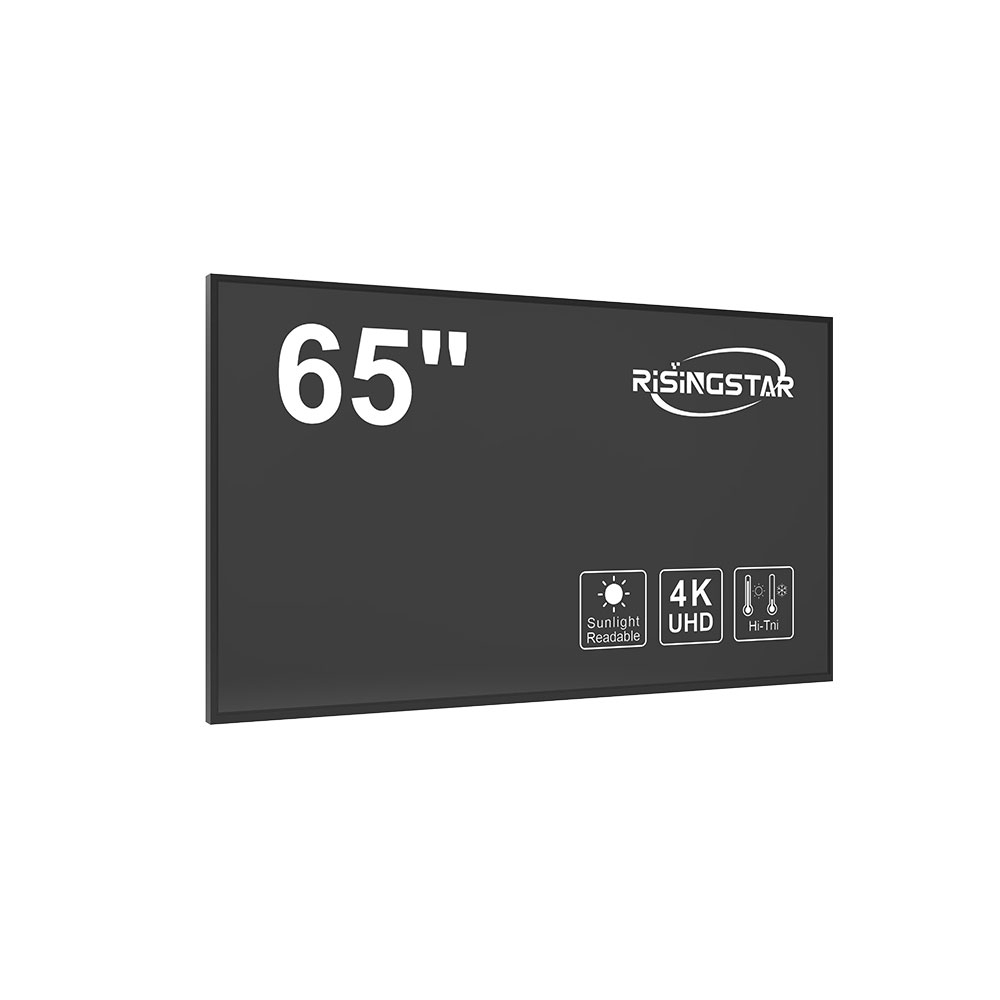When selecting an outdoor LCD screen for commercial, industrial, or public use, it’s critical to prioritize both visibility under diverse lighting conditions and long-term durability against environmental stressors. According to the International Electrotechnical Commission (IEC) standard IEC 60068-2-1, outdoor displays must withstand temperature extremes ranging from -30°C to +60°C, making thermal management a non-negotiable design element. In addition, the display brightness should meet at least 5,000 nits—a benchmark supported by industry leader LG Display and verified in real-world installations such as Times Square digital billboards.
A key factor often overlooked is the ingress protection (IP) rating. For example, IP65-rated screens are dust-tight and protected against water jets, ideal for coastal or high-humidity environments. In contrast, IP69K-rated units—commonly used in food processing or military applications—offer resistance to high-pressure, high-temperature washdowns. These ratings align with ISO 16750-3 standards for automotive electronics, which serve as a reliable reference for robustness in demanding outdoor settings.
Brightness, contrast ratio, and viewing angle are also critical. High-end outdoor LCDs now feature LED-backlit panels with local dimming technology, improving contrast ratios up to 10,000:1 compared to traditional CCFL backlighting. This ensures clarity even in direct sunlight, as confirmed in field tests conducted by the Society for Information Display (SID). Moreover, wide viewing angles—typically ≥178°—ensure consistent image quality across multiple observer positions, crucial for signage in busy urban areas.

From a power efficiency standpoint, modern outdoor LCDs utilize adaptive brightness control (ABC), reducing energy consumption by up to 40% during low-light hours. This not only lowers operational costs but also extends panel lifespan. As per Energy Star guidelines, compliant outdoor displays must meet specific power thresholds based on screen size and usage patterns.
Finally, installation and maintenance matter. Modular designs allow for easy panel replacement without full system shutdown—a practice widely adopted in airport departure boards and highway information systems. Remote diagnostics via IP-based monitoring tools, such as those from Samsung’s Smart Monitor Platform, enable proactive maintenance, minimizing downtime.
In summary, choosing the right outdoor LCD screen requires a systematic evaluation of brightness, environmental resilience, power efficiency, and manageability—factors grounded in global standards and real-world deployment data.







